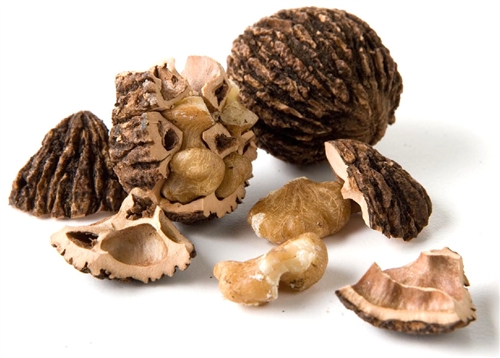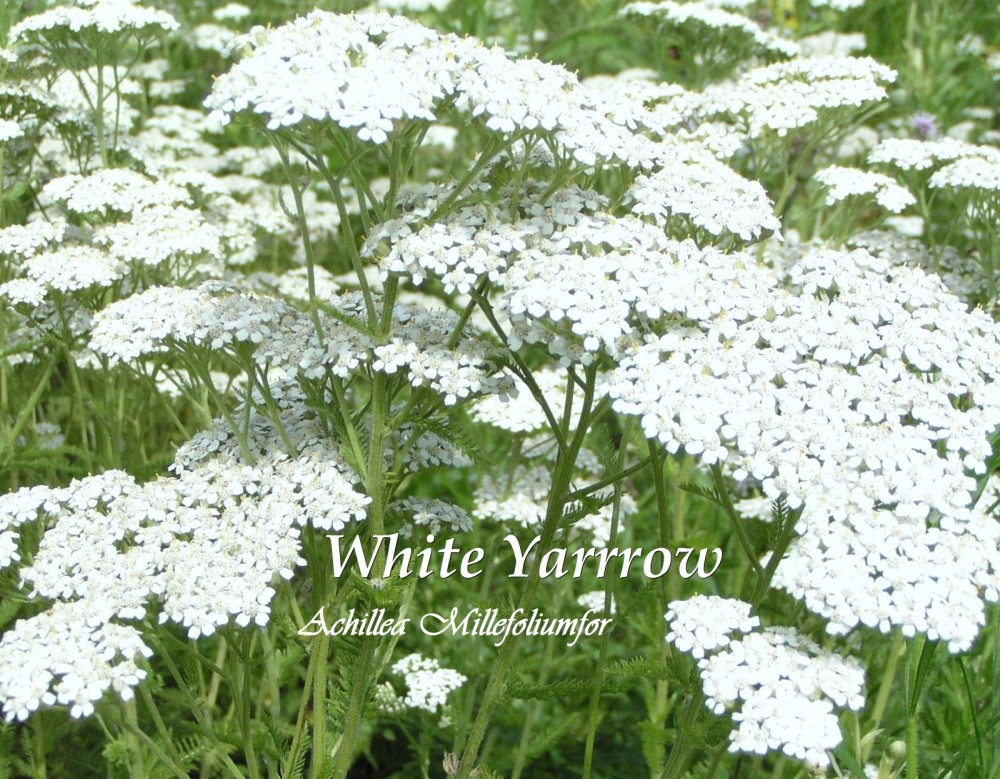Terms:
Poultice– Gathering plant leaves and flowers raw and then macerating them.
Macerate– Soften by soaking in liquid and/or chewing.
Infusion– Steep for 10-15 minutes and consume after straining.
Decoction– Like an infusion but requires the material to be boiled instead of steeped. Bark and other roots work best for this. Consume after boiling half the liquid away and strain.
Wash– This is a type of infusion used to clean instead of consume.
It is a good idea to pick a few plants that are readily available in the area rather than trying to memorize all types of plants. This will aid in collection and identification.
Edibles

Cattail– Nature’s supermarket and pharmacy. Young shoots are edible raw or boiled, root stock tuber can also be eaten. Pollen from seed heads can be used as a flour and young seed heads can be eaten like corn on the cob.

Field Parsnip– Root can be baked like a potato and is a great starch. Use caution, dermatitis can occur from contact with this plant.

Dandelion– Makes a great salad or you can munch on the go. Rich in Vitamin A and flowers can be eaten as well. Roots make a coffee substitute when dried and ground.

Hickory Nuts– Nut meat is a good protein.

Black Walnuts– Another good source for protein, green leaves can be used as a wash for skin drying conditions like poison ivy.

Raspberries– common fruit in summer, good source of vitamins, eat raw or make infusion tea or accent another dish.

Common Elderberry– Very common from summer to fall. Eat raw or boil for a tasty drink.
Medicinal

Cattail-There is a gel in the base of the sheath when the shoot is removed that is anesthetic and antiseptic, think of it as aloe. Young shoots make a decent toothbrush.

Charcoal– Not a plant but is useful against plant or food poisoning. Grind and mix with water to induce vomiting. Also helps to absorb toxins left in the stomach.

Mullein– Has been used for centuries as a decongestant. Great for cough and cold remedies, use green leaves for wound dressing.

Jewel weed– Chemicals in the juices help to soothe contact dermatitis from poison ivy and other other plants. Use as soon as possible after contact.

Plantain– Helps to draw out foreign objects from wounds like thorns and splinters as well as poison from bites and stings. Use as a poultice by chewing and placing on wound.

Mint– Helps to soothe a headache when rubbed on the temples. Dried mint and dandelion infusion are useful against upset stomach and will help relieve diarrhea. Made into a decoction and gargled mint will help against a sore throat.

Yarrow– Used for centuries to help blood clot in deep wounds. Also has anti-inflammatory properties. Helps to break fevers by inducing a sweat when consumed as a tea. Insect repellent.

Boneset– An infusion will help break fevers. A poultice of green leaves will help deep bruises and even bone repair.

We made some really nice elderberry cordial last summer (and some wine obviously!)
LikeLiked by 1 person
Reblogged this on Rifleman III Journal.
LikeLiked by 1 person